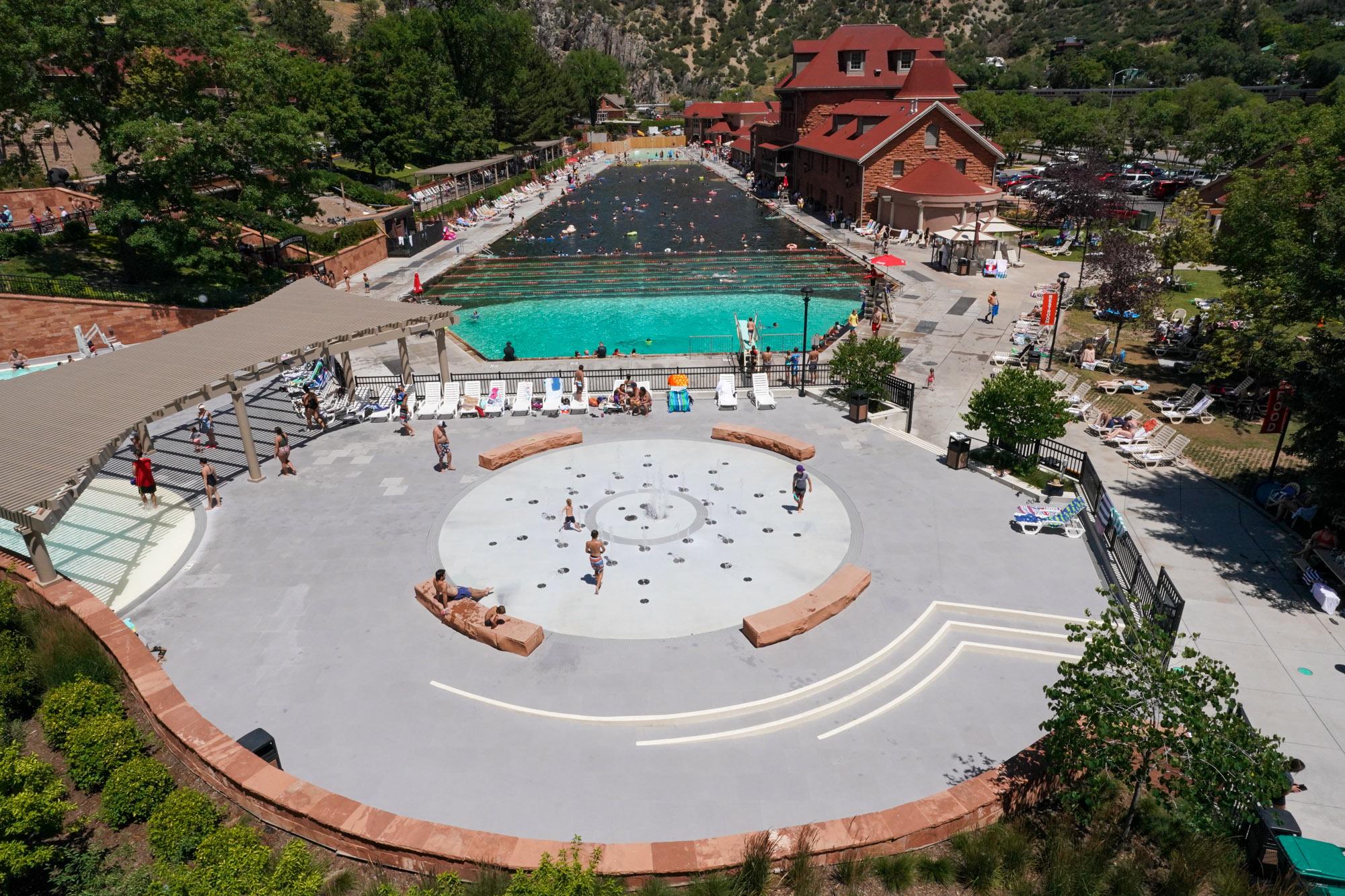This week on Looking Up Bruce Bookout sends us an invitation to learn more about the meaning of meteorites in the Native American community.
In Native American communities, space rocks are not just astronomical curiosities; they are sacred objects. One such famous meteorite is known by the Grand Ronde tribes of Oregon as “Tomanowos”; translated as “heavenly visitor” or “visitor from the moon”.
The extraterrestrial rock was used by the Clackamas tribe, who would travel to the meteorite to dip their arrows or to bathe in the rainwater that collected in the hollows of the meteorite, feeling that the rainwater served as a powerful purifying and healing source for the Clackamas and their neighbors.
Today the meteorite is the largest meteorite found in North America and 6th largest in the world. Researchers have concluded that it landed somewhere in the Canada/Montana region and was transported by glacier during the last Ice Age. It settled in the Williamette Valley and is known as the Williamette Meteorite. The main mass is over 15 tons and is housed at the American Museum of Natural History in New York. The exhibit is shut down each year while tribal members come to conduct ceremonies and ownership will be transferred to Confederated Tribes of the Grand Ronde should the museum cease to have the meteorite on display.
From space, to glacier, to tribes, to the Big Apple this is a story that can “carry that weight”.
If you’d like to take a closer look at a meteorite, or any of the other wonderful and amazing things in the sky, please visit csastro.org for a link to information on our monthly meetings and our free public star parties.








